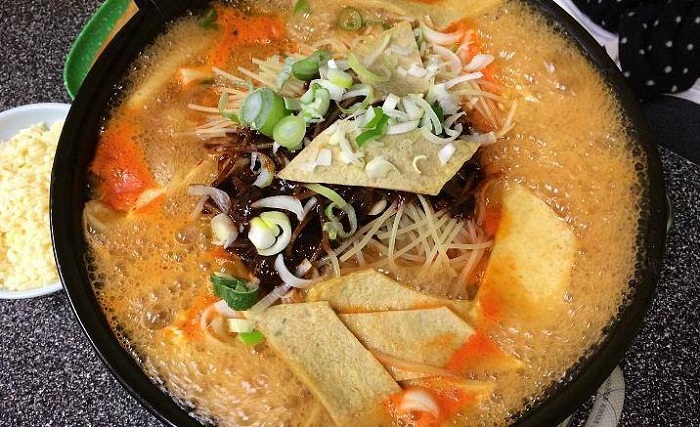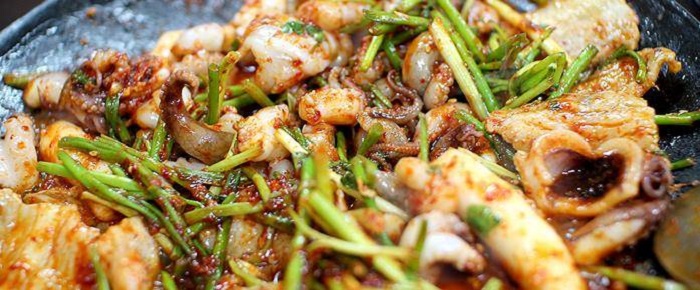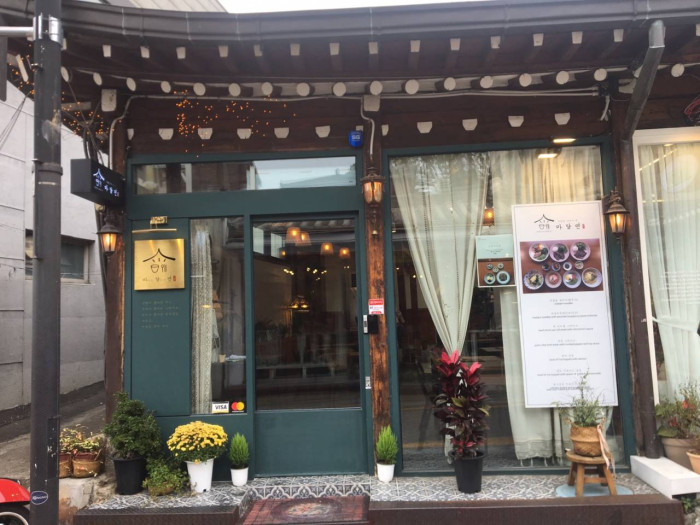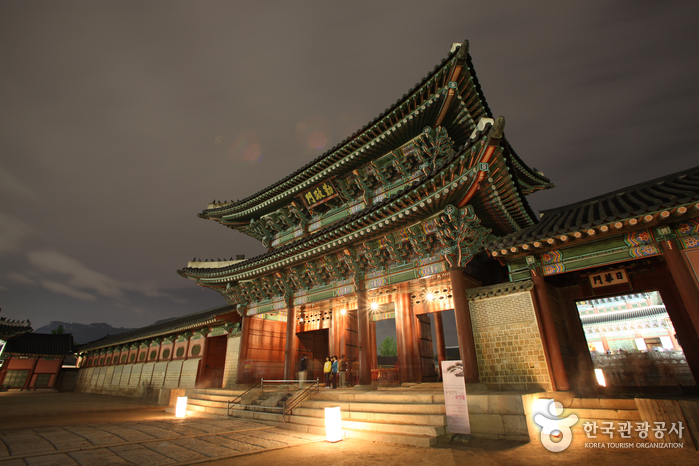The Sool Gallery (전통주갤러리)
6.3Km 2025-06-19
18 Bukchon-ro, Jongno-gu, Seoul
The Sool Gallery is an exhibition and experience space for traditional Korean liquor, established to promote the taste, style, and cultural values of the time-honored traditional Korean liquor. It provides various information about traditional Korean liquor for consumers or international tourists who can rarely obtain such information elsewhere. In addition, it provides traditional liquor education and business counseling to food service businesses and sales experts to continuously create demand for traditional liquor and expand the market. It is run by experts specializing in traditional liquor, including traditional liquor sommeliers, and it holds events to introduce various traditional liquors with different themes every month, as well as tasting events. Moreover, according to the monthly changing “Recommended Traditional Liquor by Month,” it displays a drinking glass and a bottle of the month recommended by the Korea Craft & Design Foundation.
HANSIK Space E:eum (한식문화공간 이음)
6.3Km 2025-06-16
18 Bukchon-ro, Jongno-gu, Seoul
HANSIK Space E:eum, located in Jongno, is a cultural space operated by the Korean Food Promotion Institute. It offers visitors an opportunity to delve into Korean cuisine through exhibitions, performances, educational programs, and a library.
Ddabong House (따봉하우스)
6.3Km 2021-03-27
73, Kyungheedae-ro 4-gil, Dongdaemun-gu, Seoul
+82-2-962-2885
This store specializes in instant tteokbokki. This restaurant's signature menu is stir-fried rice cake. This Korean dishes restaurant is located in Dongdaemun-gu, Seoul.
Artee Riders Club (아띠인력거)
6.3Km 2022-09-15
43, Bukchon-ro 5-gil, Jongno-gu, Seoul
+82-1666-1693
Artee Riders Club is the first company that offers rickshaw tours in the nation. Not only do you get to ride on the rickshaw to tour around popular attractions including Bukchon Village, Seochon Village, the rickshaw tour guides you to the smaller alleys as well. Travelers to Bukchon Village may have their belongings or luggage stored at the center, and individual's insurance as well as a complimentary drink are offered.
Himart - Sanggye Branch [Tax Refund Shop] (하이마트 상계점)
6.3Km 2024-04-19
1641, Dongil-ro, Nowon-gu, Seoul
-
Anssine Jjukkumi (안씨네쭈꾸미)
6.3Km 2021-03-29
17-26, Imun-ro, Dongdaemun-gu, Seoul
+82-2-969-7668
Tree ear good for strengthening immunity is served. This Korean dishes restaurant is located in Dongdaemun-gu, Seoul. The representative menu is stir-fried webfoot octopus and pork belly.
CheongKwanJang - Seonghaengdang Branch [Tax Refund Shop] (정관장 성행당)
6.3Km 2024-04-18
1F, 465, Gosanja-ro, Dongdaemun-gu, Seoul
-
Maeumeul Damanaemyeon (마음을담아내면)
6.3Km 2021-03-19
79, Yulgok-ro 3-gil, Jongno-gu, Seoul
+82-2-732-7768
This is a Korean cuisine located in Jongno, Seoul. Also well-known for steak and stir-fried ingredients over rice. The best menu at this restaurant is noodles.
Olens - Hankuk Univ. of Foreign Studies Branch [Tax Refund Shop] (오렌즈 외대)
6.3Km 2024-04-22
1F, 16, Hwigyeong-ro, Dongdaemun-gu, Seoul
-
Gyeongbokgung Palace Special Evening Admission (경복궁 야간 특별관람)
6.4Km 2022-03-24
161, Sajik-ro, Jongno-gu, Seoul
• 1330 Travel Hotline: +82-2-1330 (Korean, English, Japanese, Chinese) • For more info: +82-2-3700-3900~1
The special evening admission to Gyeongbokgung Palace takes place for a limited time every year. Visitors can purchase tickets for this special evening program online.



![CheongKwanJang - Seonghaengdang Branch [Tax Refund Shop] (정관장 성행당)](http://tong.visitkorea.or.kr/cms/resource/89/2888889_image2_1.jpg)

![Olens - Hankuk Univ. of Foreign Studies Branch [Tax Refund Shop] (오렌즈 외대)](http://tong.visitkorea.or.kr/cms/resource/14/2888114_image2_1.jpg)

 English
English
 한국어
한국어 日本語
日本語 中文(简体)
中文(简体) Deutsch
Deutsch Français
Français Español
Español Русский
Русский